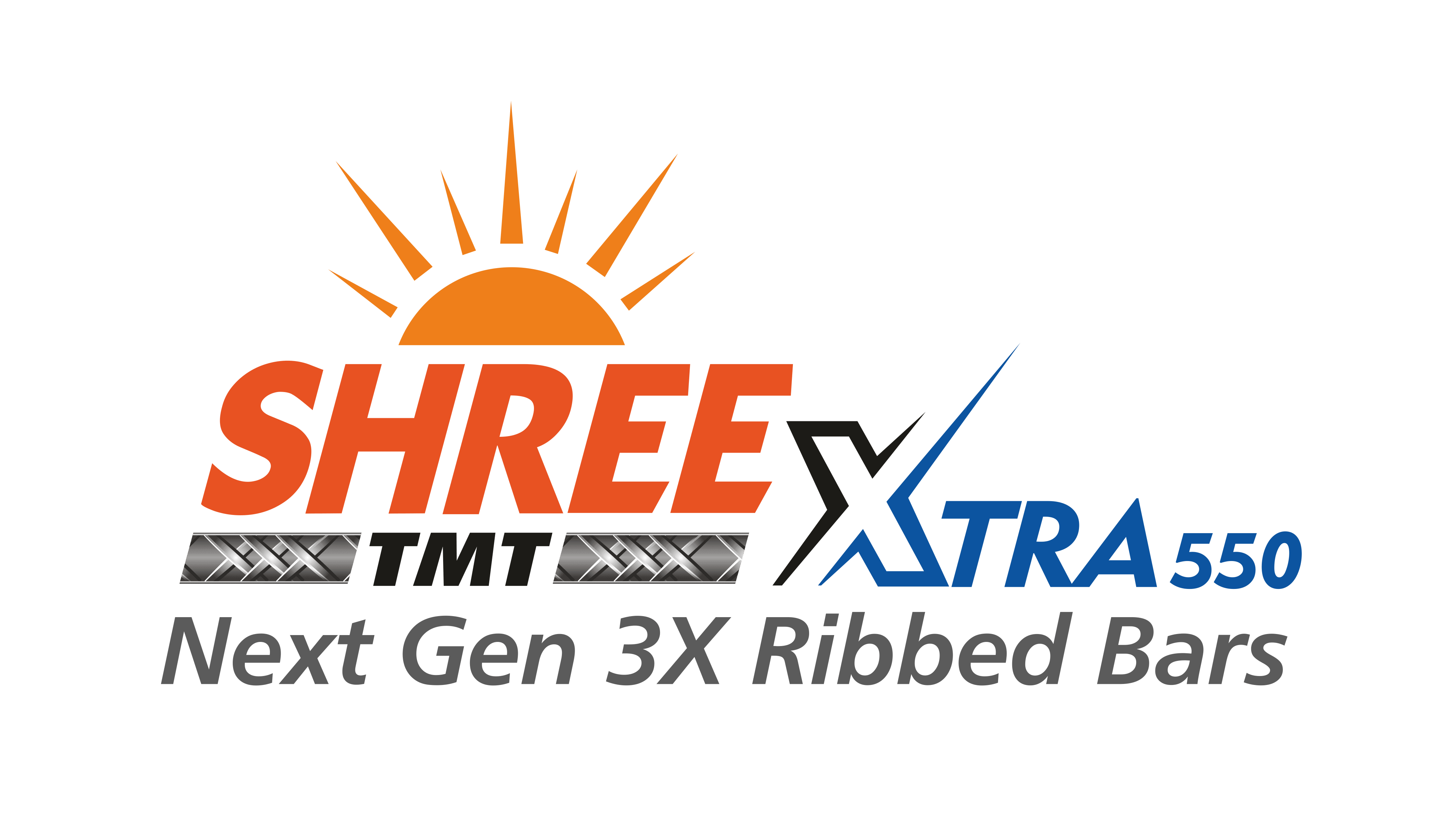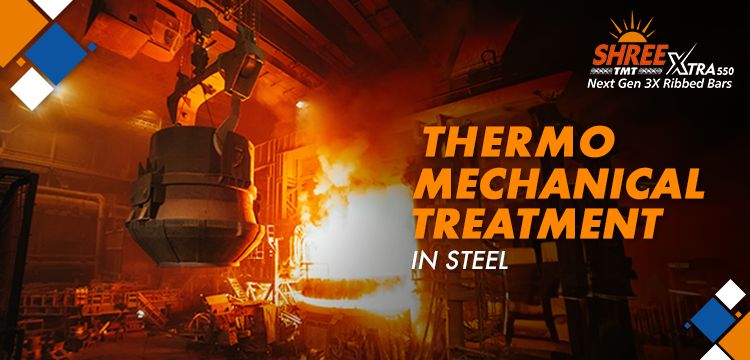Thermo Mechanical Treatment in Steel: All You Need to Know [2025]
In the constantly evolving landscape of metallurgy, Thermo Mechanical Treatment (TMT) has emerged as a game-changing innovation that has fundamentally transformed the steel industry. As we navigate through 2025, understanding the intricacies of TMT has become essential knowledge for construction professionals and steel enthusiasts alike.
The TMT Process: Engineering Stronger Steel
Thermo Mechanical Treatment is a sophisticated metallurgical process that combines mechanical deformation with precise thermal processing to produce steel with superior properties. The process typically involves three critical stages:
- Hot Rolling: The steel billet is heated to temperatures around 1200°C and passed through a series of rollers. This initial deformation breaks down the cast structure and begins to refine the grain.
- Controlled Cooling: The hot-rolled bar then enters a carefully engineered cooling zone where the surface layer is rapidly quenched with water, creating a hardened martensitic outer layer while maintaining a hot core.
- Self-Tempering: As the bar exits the quenching zone, heat from the still-molten core flows outward, tempering the martensitic layer and creating a perfect balance of hardness and ductility.
This sophisticated process results in a unique microstructure – a tough outer rim surrounding a softer, more ductile core – giving TMT steel its remarkable properties.
Benefits That Revolutionize Construction
The advantages of TMT steel have made it the backbone of modern construction:
- Enhanced Tensile Strength: TMT rebars exhibit up to 25% higher yield strength compared to conventional hot-rolled bars, allowing for leaner structural designs.
- Superior Ductility: Despite their strength, TMT bars maintain excellent bendability, crucial for complex architectural designs and seismic-resistant structures.
- Improved Weldability: The controlled carbon content in TMT steel ensures better fusion during welding operations without compromising structural integrity.
- Corrosion Resistance: The refined grain structure offers better resistance to environmental degradation, extending the lifespan of structures in aggressive environments.
- Cost Efficiency: The optimized strength-to-weight ratio translates to material savings of approximately 15-20% in major construction projects.
2025: The Cutting Edge of TMT Innovation
This year has witnessed remarkable advancements in TMT technology:
- Micro-Alloying Breakthroughs: Recent developments in micro-alloying elements have enabled manufacturers to achieve unprecedented combinations of strength and ductility. The addition of precise amounts of niobium and vanadium has resulted in TMT steel with yield strengths exceeding 600 MPa while maintaining excellent formability.
- AI-Driven Process Optimization: Artificial intelligence has revolutionized TMT production in 2025. Advanced neural networks now monitor and adjust cooling parameters in real time, ensuring consistent quality while reducing energy consumption.
- Eco-Friendly TMT Production: Sustainability has become central to TMT manufacturing. New electric arc furnace technologies coupled with renewable energy sources have reduced the carbon footprint of TMT steel production by nearly 40% compared to traditional methods, meeting stringent global environmental standards.
- Nano-Modified Surface Treatments The latest innovation in TMT steel involves nano-particle surface modifications that enhance bond strength between concrete and reinforcement, significantly improving the durability of reinforced concrete structures in extreme environments.
Impact on Modern Construction
The evolution of TMT steel has directly influenced construction trends in 2025:
- Ultra-high-rise buildings now utilize advanced TMT rebars that enable structures to reach heights previously thought impossible.
- Infrastructure projects benefit from extended service life predictions of 100+ years for TMT-reinforced elements.
- Prefabricated construction elements using high-performance TMT steel have accelerated building timelines by up to 35%.
- Seismic-resistant designs have become more efficient and economical through the use of specialized TMT reinforcement systems.
As we navigate through 2025, Thermo Mechanical Treatment continues to push the boundaries of what’s possible in steel reinforcement. The combination of traditional metallurgical wisdom with cutting-edge technology ensures that TMT steel remains at the forefront of construction innovation, delivering stronger, safer, and more sustainable structures for generations to come.

